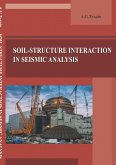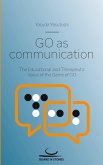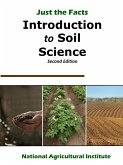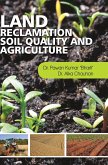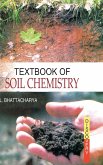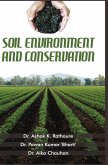Soil-structure interaction (SSI) is an important phenomenon in the seismic response analysis. As seismologists describe seismic excitation in terms of the seismic motion of certain control point at the free surface of the initial site, the question is whether the same point of the structure (after structure appears) will have the same seismic response motion in case of the same seismic event.If yes, then seismic motion from seismologists is directly applied to the base of the structure (it is called ''fixed-base analysis''), and they say that ''no SSI occurs'' (though literally speaking soil is forcing structure to move, so interaction is always present). This is a conventional approach in the field of civil engineering. However, if heavy and rigid structure (sometimes embedded) is erected on medium or soft soil site, this structure changes the seismic response motion of the soil as compared to the initial free-field picture.Such a situation is typical for Nuclear Power Plants (NPPs), deeply embedded structures, etc. The book describes different approaches to SSI analysis and different SSI effects. Special attention is paid to the Combined Asymptotic Method (CAM) developed by the author and used for the design of NPPs in seismic regions. Nowadays, some civil structures have parameters comparable to those of NPPs (e.g., masses and embedment), so these approaches become useful for the civil structural engineers as well.
Hinweis: Dieser Artikel kann nur an eine deutsche Lieferadresse ausgeliefert werden.
Hinweis: Dieser Artikel kann nur an eine deutsche Lieferadresse ausgeliefert werden.


